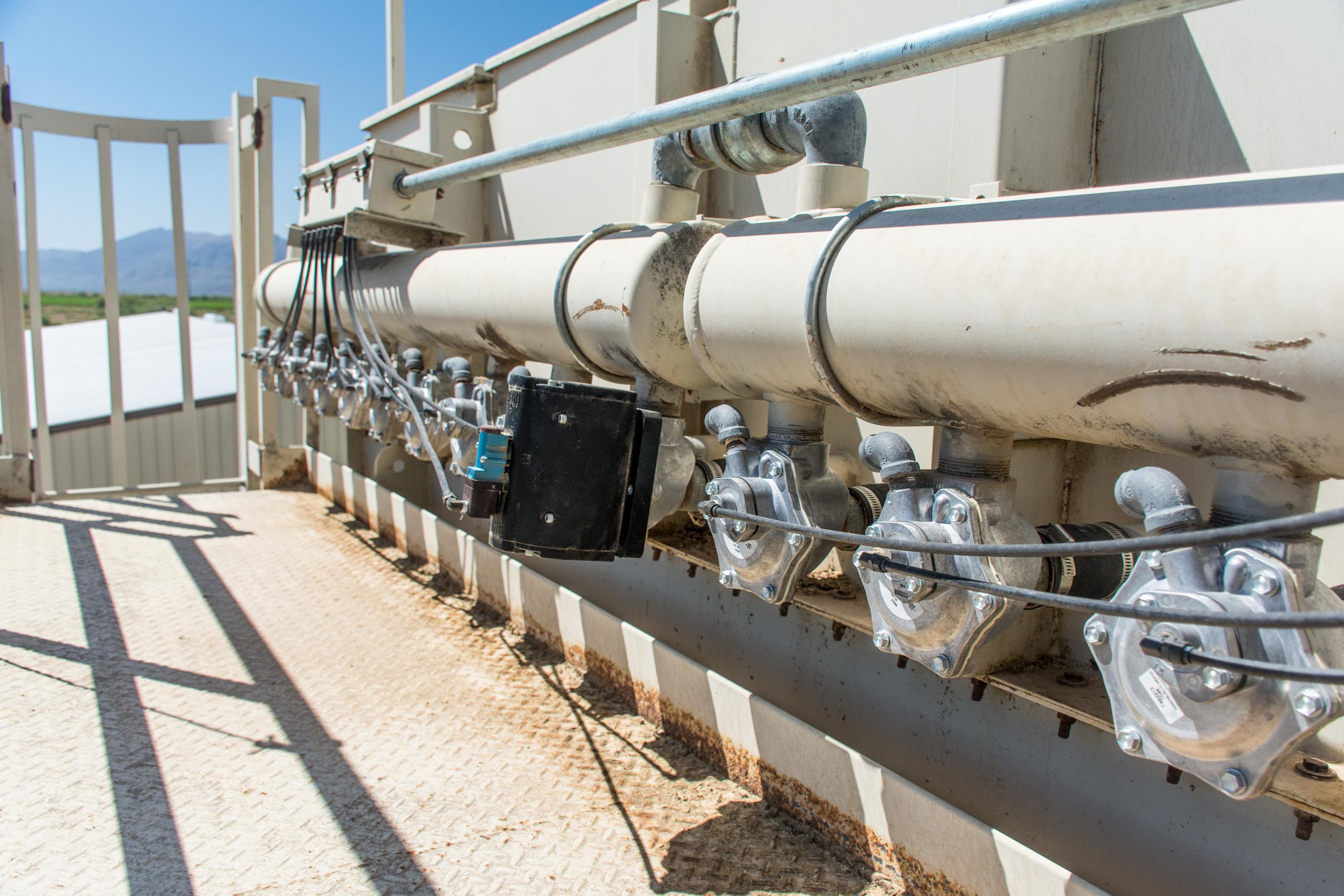Bag house/dust collection introduction
Switch those old diaphragm valves for a pulse valve
Your dust collector or “bag house” serves a critical role in the safety, quality and output of your processes. Filtering the air of particulates and contaminants reduces the health risk to your personnel, helps maintain your machine life by protecting against accumulation of potentially hazardous material, and enables your process to operate at optimum capacity. Commonly, dust-collection blow-off systems rely on remote piloted diaphragm valves to clean the filter bags or cartridges. However, many systems, and specifically the valves, are plagued by heavy maintenance, air leaks, and expensive cost of ownership.
Here are six areas that could be costing you:
- Maintenance
You’re paying too much in maintenance. Flexing causes the diaphragm to weaken naturally over time. Plus, extreme temperatures and low humidity conditions contribute significantly to wear, causing holes or tears. Continued use when torn enlarges the frequent and costly reactive or preventative maintenance and allocates resources to unnecessary tasks. Additionally, springs break down over time, causing the valve to fail open, allowing air to flow continuously and causing more down-stream issues. - Filter Bag/Cartridge Life
It’s costing you too much money to replace your filters. Old diaphragm valves are not as efficient as new pulse valves and leave excess product build-up on filters bags and cartridges, shortening potential life of either. Poor valve performance causes more frequent bag replacements, a costly and laborious process. - Energy
Diaphragm tears, spring failures and poor valve performance can go undetected, allowing air to pass freely through the system, consuming valuable energy resources at a flow rate of up to 655 Standard Cubic Feet per Minute (SCFM) or more. As a result of this consumption, the compressors duty cycle increases, consuming more energy. What’s more is new pulse valve technologies clean your systems more efficiently, enabling your collectors to cycle less frequently, saving you even more. - Downtime
It’s costing you efficiencies in your production. Collector maintenance and failures force shut-down of processes while repairs are made, costing you money in lost production, potentially wasted work-in-process, and even process start-up. - Product
You’re losing money in re-usable product and inventory costs. With diaphragm technology, product builds up in bag-house causing waste and contamination to product that could either be reused or recycled. If valves fail, downtime could cause the loss of work-in-process. Plus, recommended stock for replacement parts exceeds the requirements of new technology alternatives. - Personnel risk
Properly functioning dust collection is necessary to reduce personnel exposure to particulates that pose short and long term health risks. Additionally, ensuring the system is properly consuming particulates minimizes explosion risk. These may be the more straight forward risks. Often overlooked, however, is exposing personnel to the physical risks of accessing and maintaining these systems. Ladder and catwalk access and excessive maintenance routines exposes personnel to increased falling, slipping and exposure risk. Ice contributes to falling risk during winter months, and hot temperatures contribute to exposure risk in warm summer months.
Industry Tags: Mining & Aggregates, Agriculture, Pharmaceuticals, Power & Co-Generation, Tire & Rubber, Pulp & Paper, Textiles, Food & Beverage, Pharmaceuticals & Nutraceuticals, Metals & Foundries,

